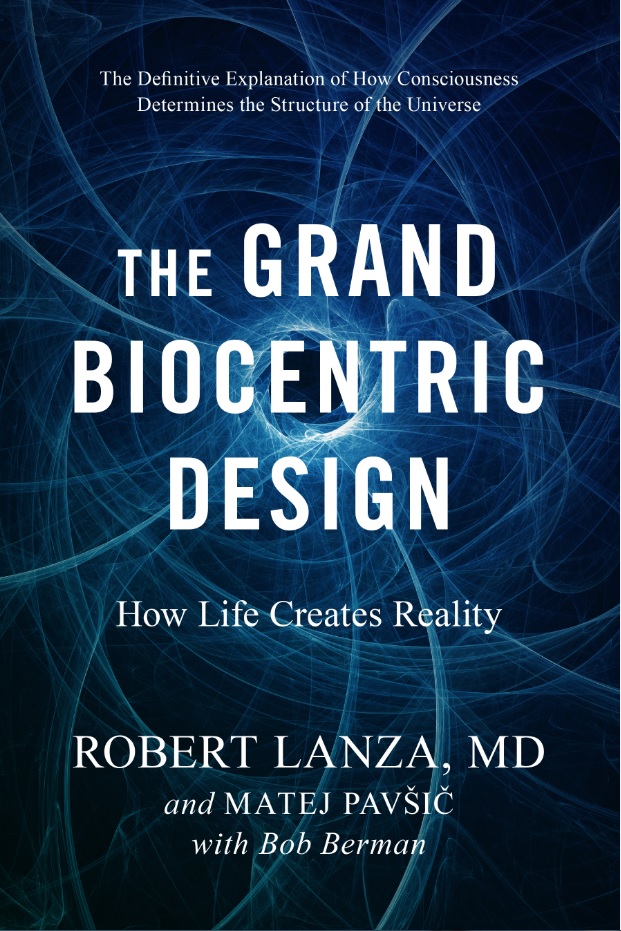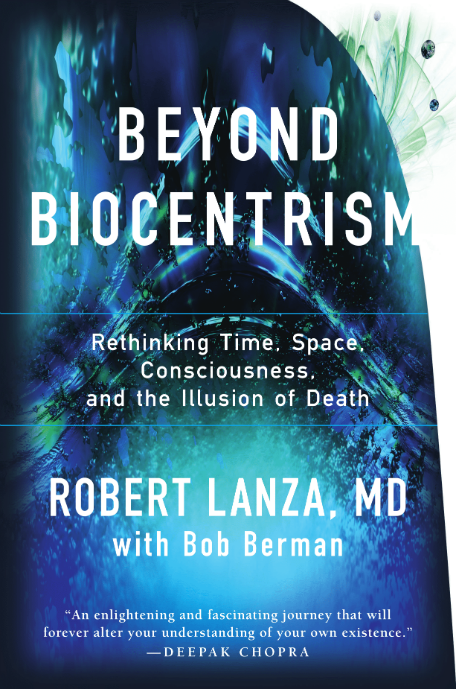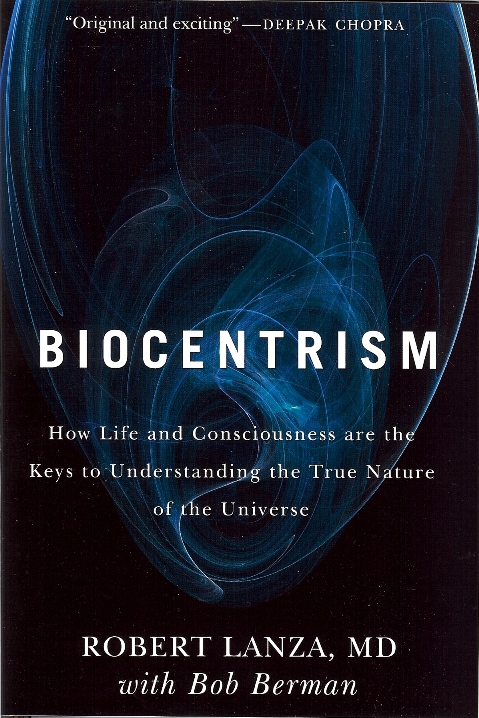
Adapted from The Grand Biocentric Design, by Robert Lanza and Matej Pavsic, published by BenBella Books (2020).
The incompatibility between general relativity and quantum mechanics has puzzled generations of scientists starting with Albert Einstein. Here we will briefly explain how networks of observers are the key to reconciling these two pillars of modern physics, as well as how they dramatically restructure space itself.
Quantum mechanics works exquisitely well in describing nature at the scale of molecules and subatomic particles, while general relativity is peerless in revealing cosmic behavior on the huge scales between the stars. These two theories find numerous practical applications in our everyday life―such as GPS in the case of relativity, and transistors and microprocessors in the case of quantum mechanics. Yet, after almost a century, we lack an understanding how the two are compatible. At the core of this incompatibility is the issue of “non-renormalizability” of quantum gravity (the field that tries to combine the two).
Now, new research by theoretical physicist Dmitriy Podolskiy, in collaboration with the author, and Andrei Barvinsky (one of the world’s leading theorists in quantum gravity and quantum cosmology) has revealed something remarkable. Namely, that this exasperating incompatibility between quantum mechanics and general relativity vanishes if one takes the properties of observers―us―into account. The study also represents a rare case in theoretical physics when the presence of observers drastically changes the behavior of observable quantities themselves not only at microscopic scales but also at very large spatio-temporal scales.
In physics, it’s usually assumed that we’re always able to measure the physical state of an object without perturbing it in any way. This sounds reasonable if we follow our everyday intuition. For example, when we look at an airplane to determine its location (Did it take off? Is it landing?) we have zero influence on its state unless we’re the pilot. But in the realm of quantum gravity, this isn’t possible. When observers measure the state of space-time foam, the outcomes of their measurements significantly changes when they exchange information―the presence of observers themselves significantly perturbs it. Using simplified language, it matters enormously to the laws of reality that we’re here studying and probing it and sharing the results with each other.
This work has a number of fascinating consequences. First of all, the presence of observers not merely influences but defines physical reality itself. If the reality described by the combination of Einstein’s theory of general relativity exists and makes nature operate smoothly, then it also must contain observers in one form or another. Without a network of observers measuring the properties of space-time, the combination of general relativity and quantum mechanics stops working altogether. So it’s actually inherent to the structure of reality that observers living in a quantum gravitational universe share information about the results of their measurements and create a cognitive model of it. For, once you measure something, the wave of probability to measure the same value of the already probed physical quantity becomes “localized” or simply “collapses.”
This means that if you keep measuring the same quantity over and over again, keeping in mind the result of the very first measurement, you’ll see a similar outcome. Similarly, if you learn from somebody about the outcomes of their measurements of a physical quantity, your measurements and those of other observers influence each other―freezing the reality according to that consensus. In this sense, consensus of different opinions regarding the structure of reality defines its very form, shaping the underlying quantum foam. This variation is testable and can be checked both performing real and numerical experiments. Indeed, it was already checked numerically with Monte Carlo simulations (using the powerful MIT computer cluster) and will be checked experimentally in the near future.
You might wonder what would happen if there was only one observer in the Universe. The answer depends on whether the observer is conscious, whether he or she has memory about the results of probing the structure of objective reality, whether she builds a cognitive model of this reality. In other words, a single conscious observer can completely define this structure, leading to a collapse of the waves of probability, largely localized in the vicinity of the cognitive model which the observer builds in her mind throughout her lifespan.
All of this supports a profound shift in our everyday worldview―a change from the long-held belief that the physical world is a pre-formed entity that just exists “out there” to one in which it belongs to the observer. As we and other scientists continue to explore this new line of research, it is becoming increasingly clear how intimately we are connected with the structure of the universe on every level.
Lanza’s new book “The Grand Biocentric Design” lays out his theory of everything.




